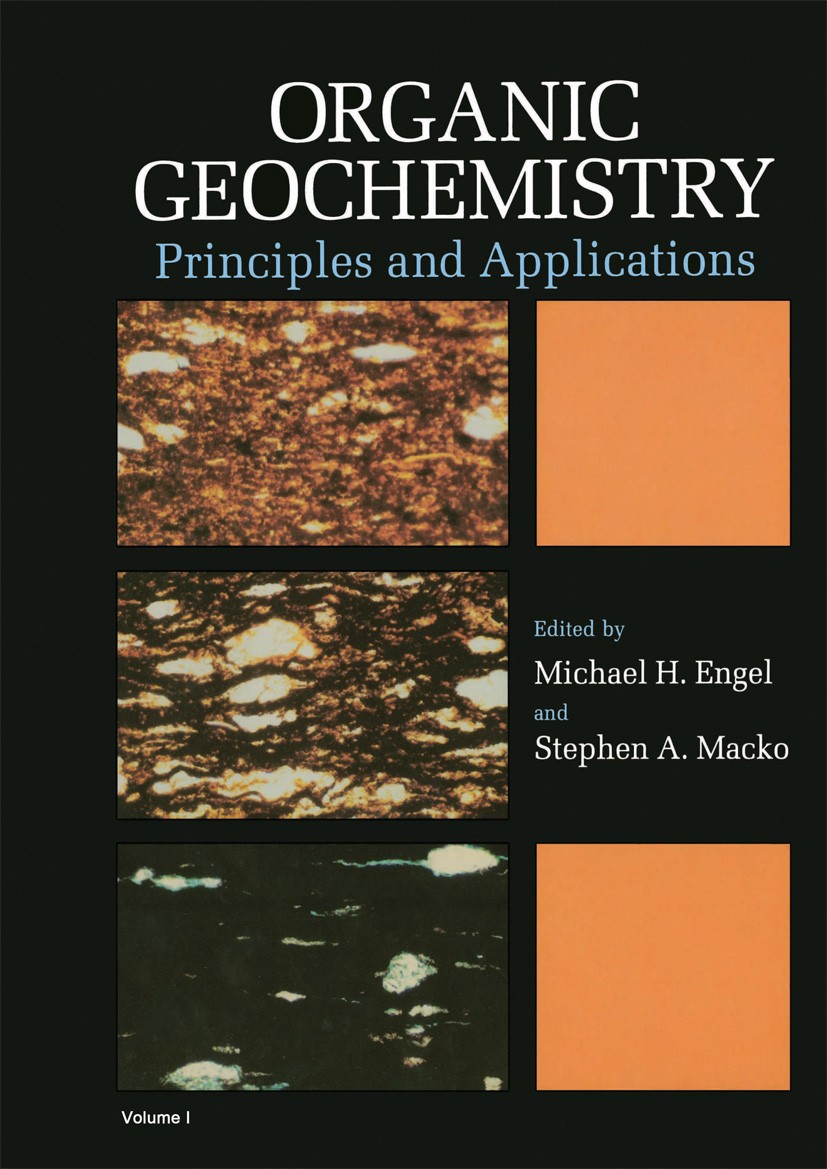Geochemical implications of the carbon isotope compositions of individual polycyclic aromatic compounds in coals from the Junggar and Ordos basins, NW China
IF 2.5
3区 地球科学
Q2 GEOCHEMISTRY & GEOPHYSICS
引用次数: 0
Abstract
This study analyzes the δ13C values of various polycyclic aromatic compounds (PACs), including dibenzofuran, and methyldibenzofurans in two sets of coals from the Junggar and Ordos basins in NW China. The results reveal that the δ13C values of individual PACs are primarily influenced by the source of degraded organic matter rather than thermal maturity. The significant differences in δ13C values (−11.7 ‰) between dibenzofuran (DBF) and its methylated homologues (MDBFs) imply different sources. DBF is primarily derived from higher plants, while MDBFs have multiple sources from both lichens and higher plants. However, the δ13C values of DBF and MDBF in predominantly pyrogenic samples are relatively similar. This is due to two factors: (1) The kinetic isotope effect leads to preferential demethylation of 12C-enriched MDBF isomers, and the residual MDBFs are consequently enriched in 13C isotopes. The DBF produced by this process is enriched in 12C isotope, leading to depletion of δ13C for DBF in the combustion products. (2) Greater higher plant than lichen inputs result in higher δ13C values of MDBFs also potentially causes lower δ13C values in DBF. These two factors combine to produce similar δ13C values for DBF and MDBFs in samples heavily affected by wildfires.
准噶尔盆地和鄂尔多斯盆地煤中单个多环芳烃碳同位素组成的地球化学意义
本文分析了准噶尔盆地和鄂尔多斯盆地两套煤中二苯并呋喃和甲基二苯并呋喃等多环芳香族化合物的δ13C值。结果表明,各pac的δ13C值主要受降解有机质来源的影响,而不受热成熟度的影响。二苯并呋喃(DBF)及其甲基化同源物(mdbf)的δ13C值差异显著(- 11.7‰),表明其来源不同。DBF主要来源于高等植物,而mdbf有多种来源,既来自地衣,也来自高等植物。而在主要热原样品中,DBF和MDBF的δ13C值比较接近。这是由于两个因素造成的:(1)动力学同位素效应导致富12c的MDBF异构体优先去甲基化,剩余的MDBF因此富集于13C同位素。该过程生成的DBF富含12C同位素,导致燃烧产物中DBF δ13C的损耗。(2)高等植物投入比地衣投入大,会导致mdbf δ13C值升高,也可能导致DBF δ13C值降低。这两个因素结合在一起,使受野火严重影响的样品中DBF和mdbf的δ13C值相似。
本文章由计算机程序翻译,如有差异,请以英文原文为准。
求助全文
约1分钟内获得全文
求助全文
来源期刊

Organic Geochemistry
地学-地球化学与地球物理
CiteScore
5.50
自引率
6.70%
发文量
100
审稿时长
61 days
期刊介绍:
Organic Geochemistry serves as the only dedicated medium for the publication of peer-reviewed research on all phases of geochemistry in which organic compounds play a major role. The Editors welcome contributions covering a wide spectrum of subjects in the geosciences broadly based on organic chemistry (including molecular and isotopic geochemistry), and involving geology, biogeochemistry, environmental geochemistry, chemical oceanography and hydrology.
The scope of the journal includes research involving petroleum (including natural gas), coal, organic matter in the aqueous environment and recent sediments, organic-rich rocks and soils and the role of organics in the geochemical cycling of the elements.
Sedimentological, paleontological and organic petrographic studies will also be considered for publication, provided that they are geochemically oriented. Papers cover the full range of research activities in organic geochemistry, and include comprehensive review articles, technical communications, discussion/reply correspondence and short technical notes. Peer-reviews organised through three Chief Editors and a staff of Associate Editors, are conducted by well known, respected scientists from academia, government and industry. The journal also publishes reviews of books, announcements of important conferences and meetings and other matters of direct interest to the organic geochemical community.
 求助内容:
求助内容: 应助结果提醒方式:
应助结果提醒方式:


